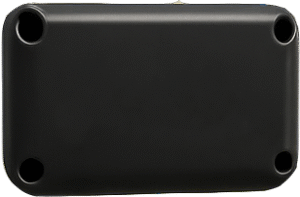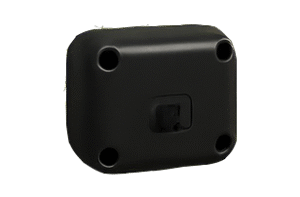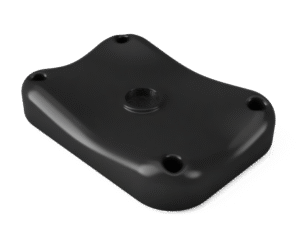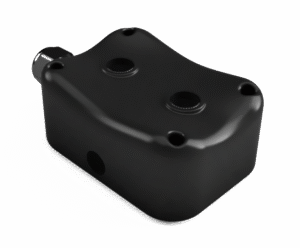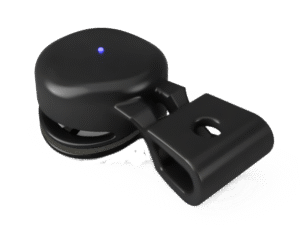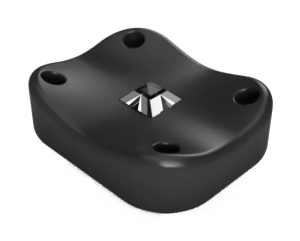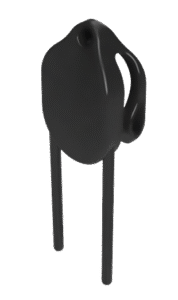SMART AGRICULTURAL MONITOR SYSTEM
BETTER YIELDS, LESS EFFORT: EMPOWERING FARMERS TO INCREASE EFFICIENCY, REDUCE RESOURCE WASTE AND RESPOND QUICKLY TO ENVIRONMENTAL STRESSORS
The smart agricultural monitoring and control system optimizes crop production by integrating advanced environmental sensing, intelligent automation, and centralized management.
Built to support open-field and controlled-environment farming, the system collects real-time data from specialized sensors—measuring canopy temperature, soil moisture, air quality, CO₂ levels, light intensity, and more.
SMART AGRICULTURAL MONITOR SYSTEM
BETTER YIELDS, LESS EFFORT.
The smart agricultural monitoring and control system optimizes crop production by integrating advanced environmental sensing, intelligent automation, and centralized management.
Built to support open-field and controlled-environment farming, the system collects real-time data from specialized sensors—measuring canopy temperature, soil moisture, air quality, CO₂ levels, light intensity, and more.
SYSTEM OVERVIEW
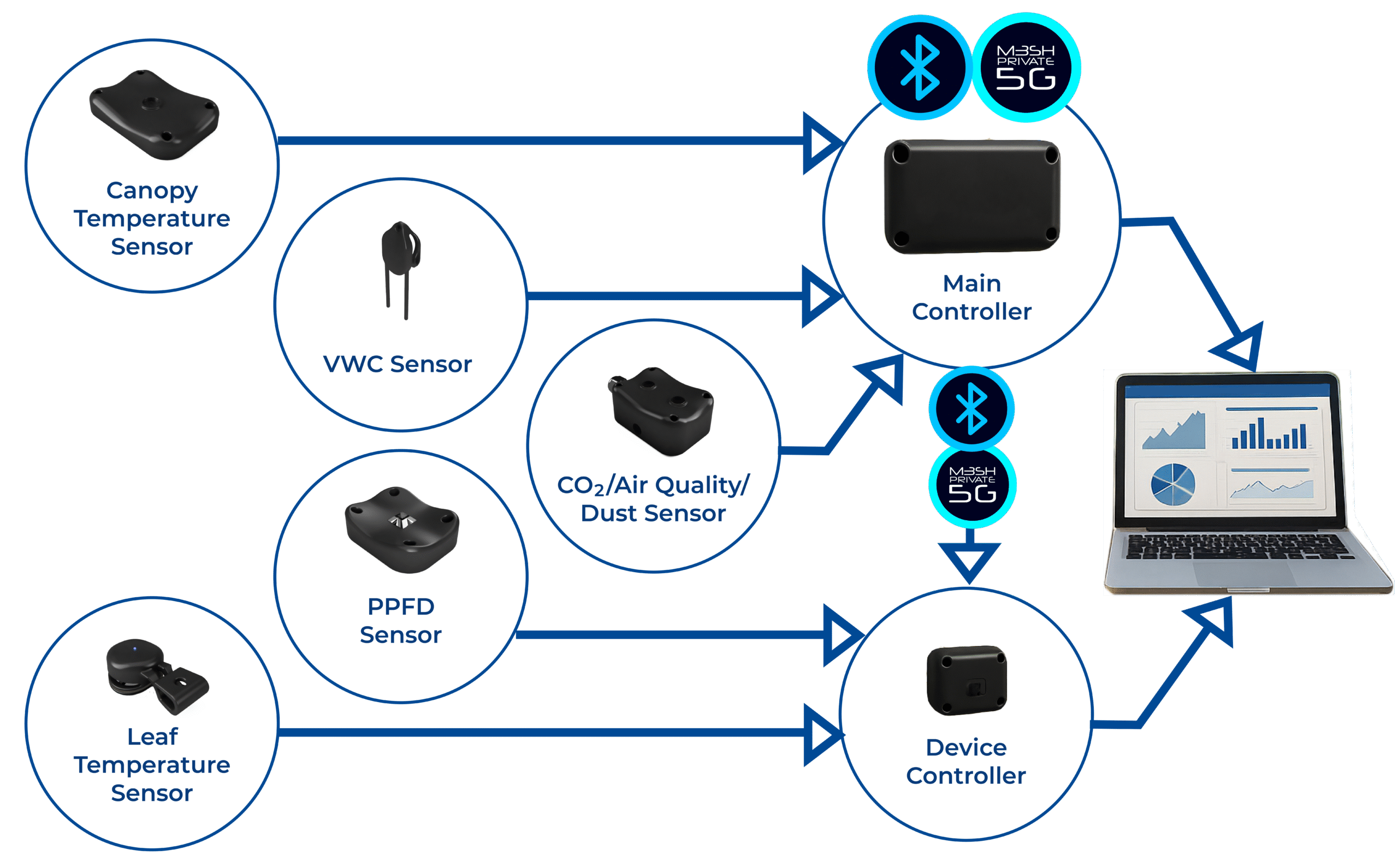
SMART AGRICULTURAL MONITOR SYSTEM: ALL COMPONENTS
- MAIN CONTROLLER
- DEVICE CONTROLLER
- CANOPY TEMPERATURE SENSOR
- CO2/ AIR QUALITY/ DUST SENSOR
- LEAF TEMPERATURE SENSOR
- PPFD SENSOR
- VWC SENSOR
MAKE PRECISION FARMING EASY BY TURNING SENSOR DATA INTO ACTIONABLE RESPONSES,
IMPROVING CROP HEALTH, REDUCING WASTE AND ENHANCING EFFICIENCY.
COMMUNICATION
The main controller communicates with all connected sensors and device controllers using Bluetooth or a private 5G network. It handles automation: logic such as adjusting irrigation based on soil moisture and activating fans in response to canopy temperature to create a coordinated and intelligent operation of the entire system.
![]()
![]()
DASHBOARD (INTERFACE)
The dashboard provides a real-time, user-friendly interface to visualize sensor readings, monitor system status, and manually override controls when needed.
MAINTAINING OPTIMAL ENVIRONMENTAL CONDITIONS IS ESSENTIAL FOR CROP HEALTH, HIGH YIELDS AND SUSTAINABLE PRACTICES.
CAPABILITY
A dedicated controller that manages local equipment such as heaters, lights, fans, and irrigation pumps, enabling real-time adjustments to microclimates.
The Device Controller receives commands from a central automation system or main controller and executes actions accordingly: This offloads routine control tasks from the main system and ensures fast, reliable operation of environmental control devices.
APPLICATIONS
- Greenhouses
- Precision farming setups
MONITORING CANOPY TEMPERATURE (A KEY INDICATOR OF PLANT STRESS), HELPS FARMERS MAKE INFORMED DECISIONS ABOUT IRRIGATION, SHADING AND VENTILATION, FOR MORE EFFICIENT WATER USE, AND IMPROVED CROP HEALTH AND YIELD.
SENSING CAPABILITY
The Canopy temperaute Sensor measures the temperature of the uppermost layer of foliage in a crop or forest canopy, capturing thermal data that reflects how plants are interacting with their environment in relation to sunlight, humidity, and water availability.
MAINTAINING OPTIMAL ENVIRONMENTAL CONDITIONS IS ESSENTIAL FOR CROP HEALTH, HIGH YIELDS AND SUSTAINABLE PRACTICES.
SENSING CAPABILITIES
Monitors key atmospheric variables to support plant growth and ensure a stable growing environment.
- CO₂
- Air quality
- Dust
APPLICATIONS
- Greenhouses
- Controlled environment agriculture (CEA)
- Open-field farms
DETECT EARLY SIGNS OF WATER STRESS OR DISEASE TO ENSURE WATER EFFICIENCY, HEALTHIER CROPS AND IMPROVED QUALITY YIELD.
SENSING CAPABILITIES
The Leaf Temperate Sensor measures the surface temperature of individual leaves, providing insight into plant stress, transpiration rates, and overall health. Unlike air pollution temperature sensors, leaf temperature sensors offer a more direct indication of how the plant is responding to its environment.
APPLICATIONS
- Controlled environment agriculture (CEA)
- Open-field farms
ENSURE EFFICIENT ENERGY USE, PROMOTE UNIFORM GROWTH, & MAXIMIZE PHOTOSYNTHETIC EFFICIENCY & YIELD WITH THE PPDF SENSOR’S LIGHT MEASURING CAPABILITIES.
SENSING CAPABILITIES
The PPFD Sensor measures the amount of light (in micromoles per square meter per second, µmol/m²/s) in the photosynthetically active radiation (PAR) range that is available to plants for photosynthesis. It quantifies how much usable light is reaching the plant canopy.
APPLICATIONS
- Greenhouses
- Vertical farms
- Controlled environment agriculture (CEA)
ACCURATELY TRACK SOIL MOISTURE FOR PRECISION IRRIGATION: PREVENT OVER-OR-UNDER WATERING, REDUCE INPUT COSTS & SUPPORT HEALTHY ROOT DEVELOPMENT.
SENSING CAPABILITIES
The VWC Sensor provides readings on soil moisture levels where plant roots are active, by measuring the amount of water in the soil as a percentage of the total soil volume.
APPLICATIONS
- Water-scarce regions
- Automated irrigation systems

